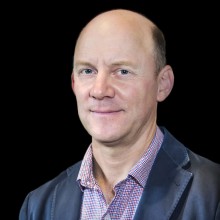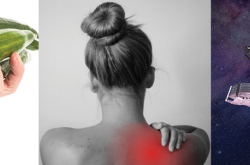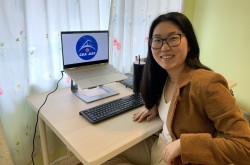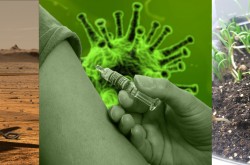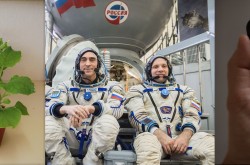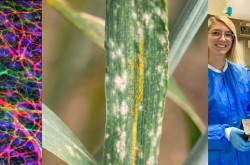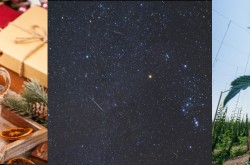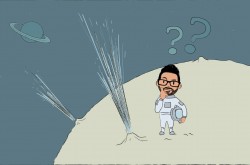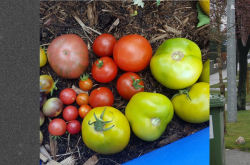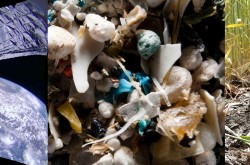A space-age microscope for reading the stars

Each object we move to the new Collections Conservation Centre comes with many stories, connections, and interpretations. As a curator for physical sciences and medicine, I have the privilege of examining incredibly diverse objects in the national science and technology collection. This microdensitometer stands out for a number of reasons; first, it has an illustrious connection to Canadian and international astronomy.
The microdensitometer featured here came to Ingenium from the David Dunlap Observatory (DDO) in Toronto. Dr. Tom Bolton, famous for being one of the first to provide evidence of a stellar-mass black hole, purchased this machine for approximately $150,000 in 1974 — a significant investment at the time. He used it to measure both stellar and galactic spectra, as well as direct photographic images of the sky taken with the DDO’s 74-inch telescope. He also used it to study plates acquired by Sidney van den Burgh with the 48-inch Mt. Palomar Schmidt telescope.
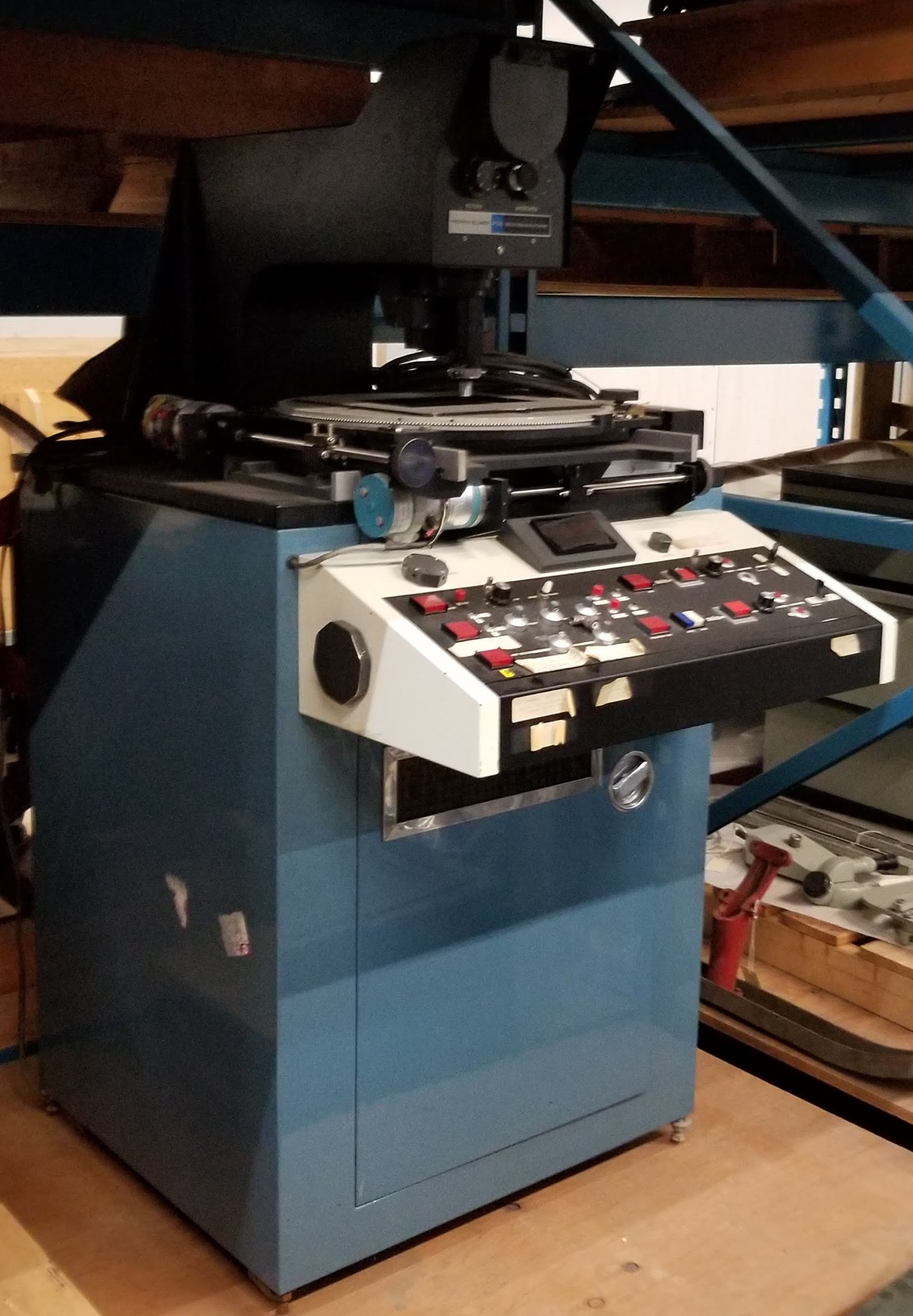
Perkin-Elmer PDS Densitometer
What’s a microdensitometer?
But what kind of object are we moving exactly? Astronomers described this instrument as a “measuring engine” for extracting information from photographic plates. It digitally measured these light spectra with a photo-densitometer system (PDS).
But we could just as easily describe it as a kind of stellar microscope used for measuring and studying the heavens. It could fit in nicely on a shelf with our diverse microscope collection. Perkin-Elmer, the legendary American precision optical company, made this instrument while adding a high-quality, made-in-Japan Nikkon lens.
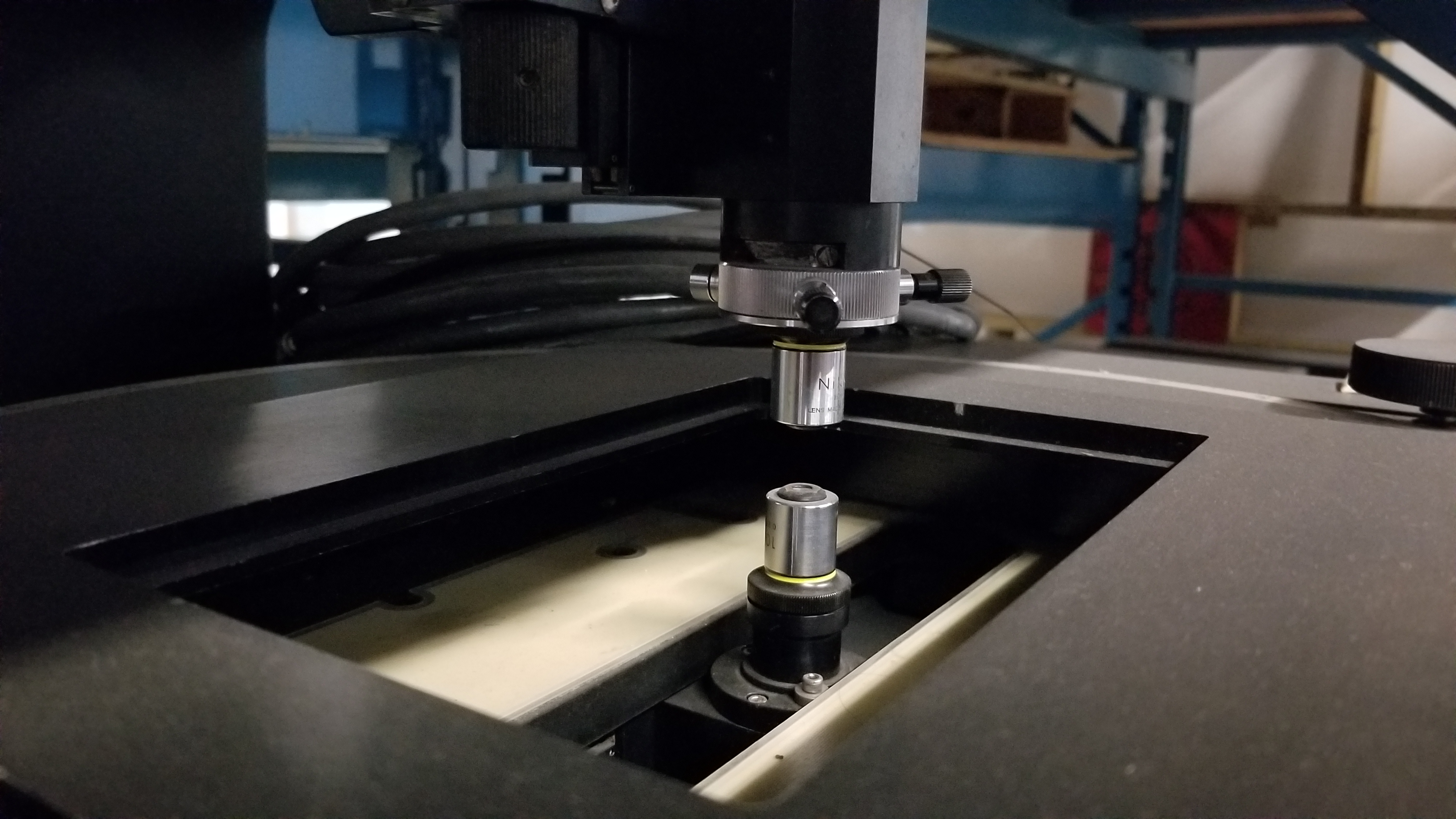
Close-up of Nikkon lens. Perkin-Elmer PDS Densitometer.
Space-age design
Or perhaps we are moving a design object from the late 1960s and 70s. Many scientific companies used space-age aesthetics to reinforce and sell a confident future; to me, the microdensitometer’s design and colour hints at this. IBM cornered the market on this aesthetic with their geometric arrangements of gray, black, and blue computers.
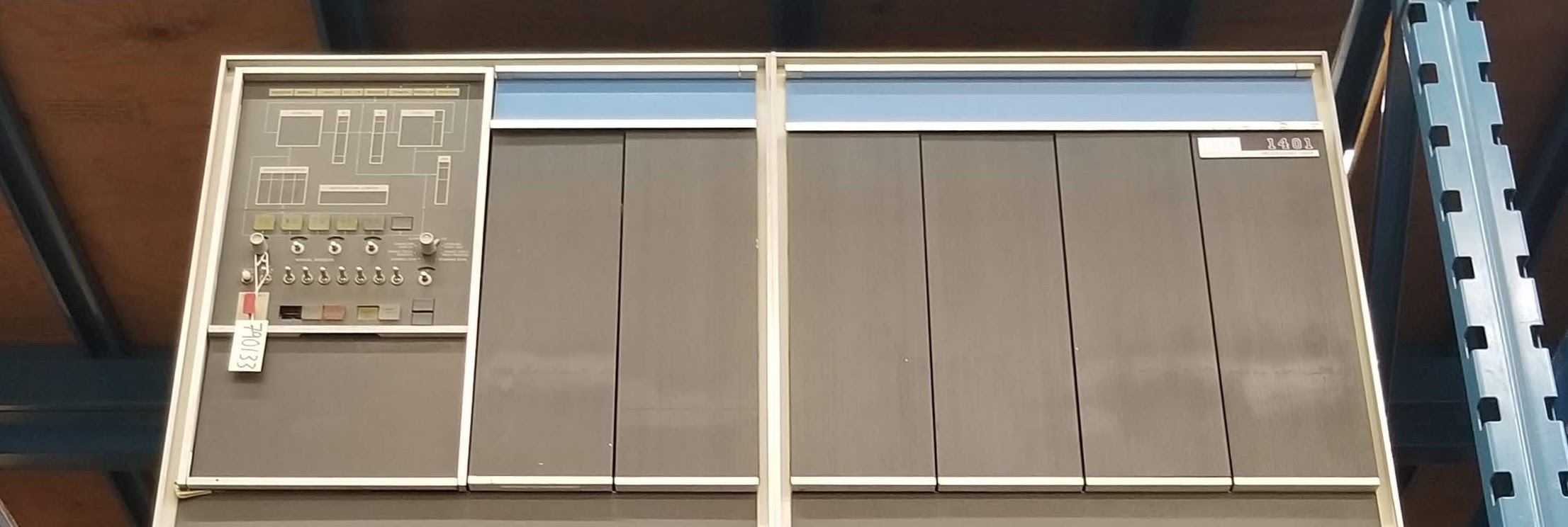
Portion of IBM 1401 (c. 1963) on a current Ingenium warehouse shelf.
One even finds this aesthetic on IBM’s iconic 1957 Eero Saarinen manufacturing and training facility in Rochester, Minnesota.
Reading arms
The densitometer represents a recurring shape in the collection — the reading arm, overhanging camera, detector or beam transmitter. When I first saw the Perkin-Elmer machine, I was reminded of the Macbeth densitometer, which physicians used for looking at the density of x-ray images, or measuring the cosmos inside our bodies.
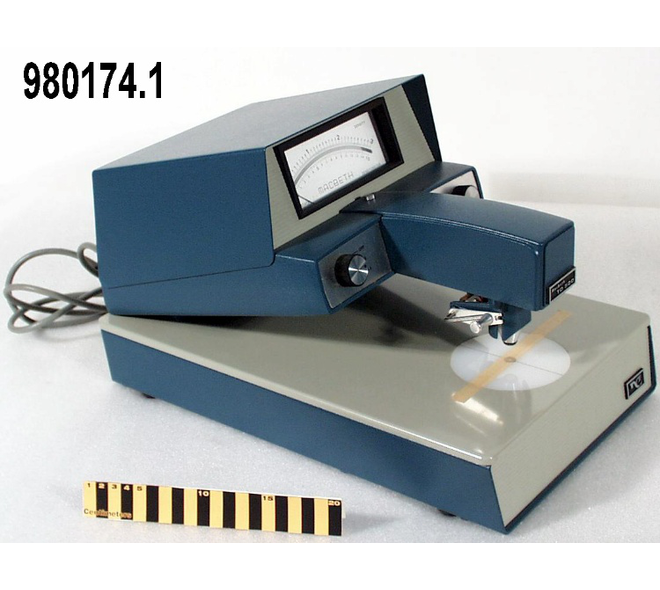
Macbeth Densitometer for measuring optical density in breast x-rays.
User graffiti
And then there are the features which reveal the human dimensions of the machine. There are numerous stickers and notes on the console with specific instructions about manoeuvring the turret for focusing the images. There are stickers about the maintenance of the extremely sensitive light detectors or photo multiplier tubes. These notes tell the story of the messiness and frustrations of routine use.

Graffiti on front panel. Notes about photo multiplier tube changes.
The exercise of packing Canada’s science and technology collection has given Ingenium’s curatorial staff a unique opportunity to examine artifacts that we may not have handled for some time. The microdensitometer is just one example of how each and every object represents multiple perspectives on our shared history.



